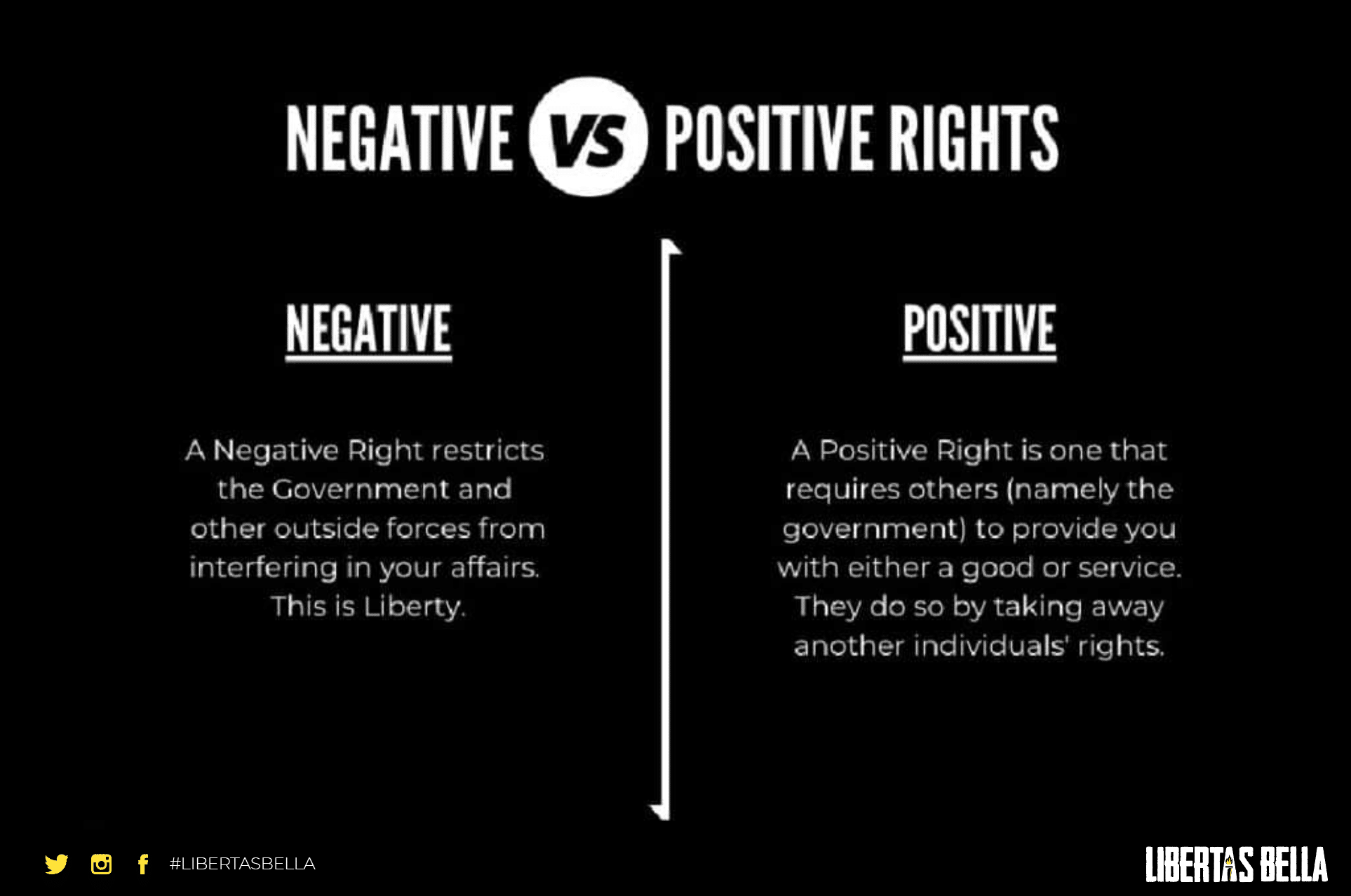Negative Vs. Positive Rights
In summary, there are two types of rights: negative and positive. Negative rights, such as life, liberty, and the pursuit of happiness, restrict others from interfering, while positive rights require action from others. Positive rights often involve scarce resources and can conflict with one another, whereas negative rights do not. This distinction is important when discussing individual versus collective liberty.
Negative rights are rights that prohibit others from interfering with your actions or freedoms, such as the right to free speech or the right to own property. Positive rights, on the other hand, are rights that require others to provide you with something, such as the right to healthcare or education.
The main difference lies in the obligations they entail. Negative rights require inaction, meaning others must refrain from interfering, while positive rights require action, compelling others to provide certain goods or services.
This differentiation is crucial in discussions about individual versus collective liberty and the role of government in ensuring these rights.
Work fast from anywhere
Stay up to date and move work forward with BrutusAI on macOS/iOS/web & android. Download the app today.


